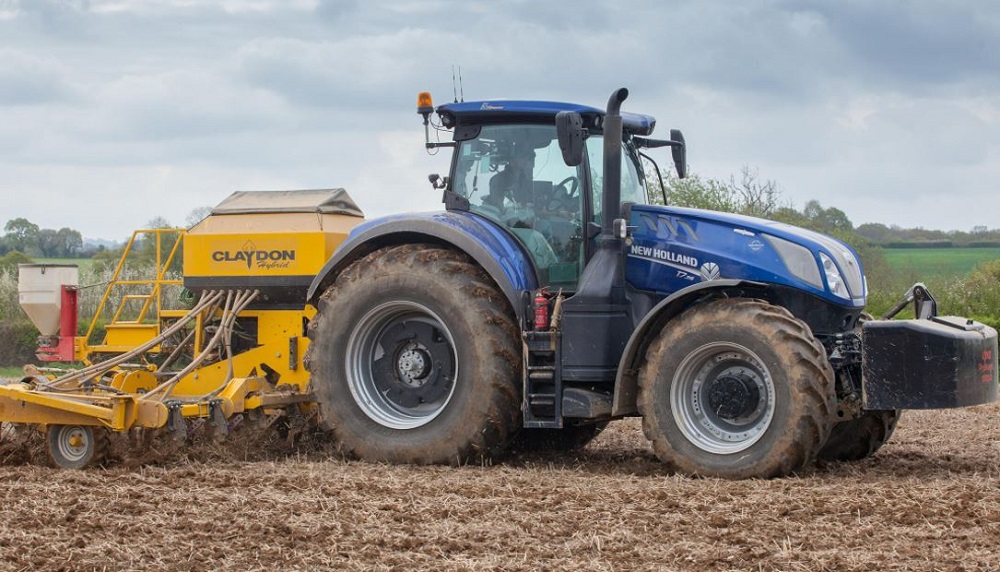- Home
- Knowledge library
- Cultivation and establishment for arable crops
Cultivation and establishment for arable crops
This series of web pages covers the unique elements of soil management associated with cultivation and crop establishment in arable systems.
What is cultivation?
Cultivation is any mechanical act to prepare the soil to establish and grow crops. It is an essential feature of many crop production systems.
Soil factors
There are 10 key soil factors that need to be considered when adopting a managed approach to cultivations.
Understanding these factors will help you determine which cultivation and establishment options are feasible and economically viable in your system.
How soil factors affect cultivation and establishment for arable crops
 David Parker
David Parker
The use of machinery to loosen soils
Find out how to assess the need for soil loosening (including subsoiling) and how to get the best out of machinery to help restructure soils.
Ploughing pros and cons
Ploughing is a quick way to change the condition of the soil, but it can lead to longer-term issues. Learn about the benefits and disadvantages of the approach and best-practice measures.
Reduced tillage pros and cons
Compared to ploughing, reduced cultivations can lower costs, speed up operations and cause less soil damage. However, timeliness and planning are vital to avoid making things worse, such as weed pressures.
Direct drilling pros and cons
Direct drilling is when crops are established in one pass − direct into land without a prior cultivation pass of any type.
Broadcasting pros and cons
Broadcasting can establish crops with small seed, such as oilseed rape, and cover/catch crops directly with or before the combine.
Tools
Estimate compaction risk
Use this tool to estimate compaction risks associated with specific machinery, tyres/tracks, soil characteristics and soil water status.
Identify improvements across your farming system
Find out if a change in cultivation approach might be beneficial. Allocate a score for each of the 10 key soil management factors described within these pages. The higher the score, the greater the opportunity to adopt less intensive cultivation approaches.
Glossary of terms
Use this glossary to understand words, abbreviations and acronyms used in our crop cultivation and establishment pages.



